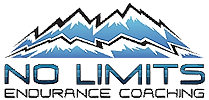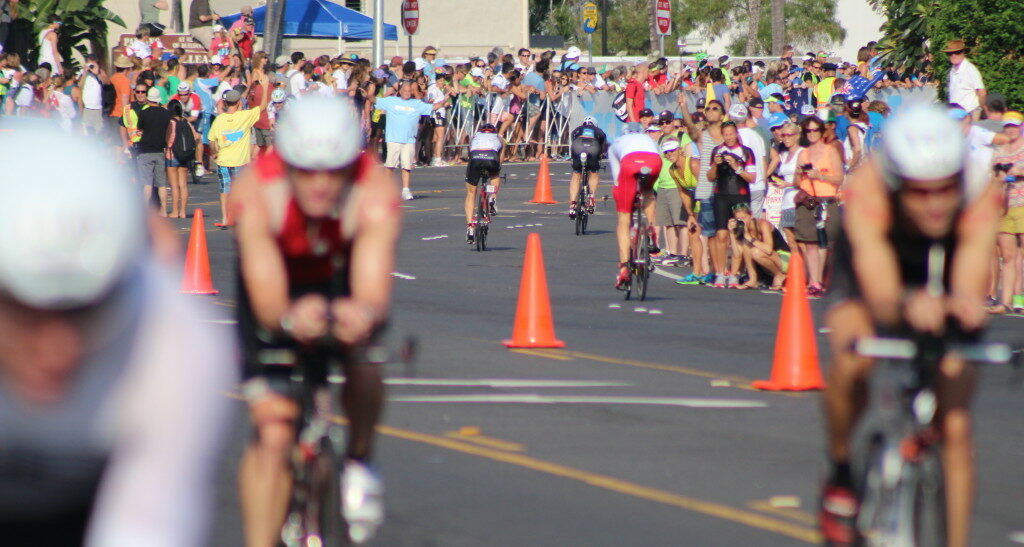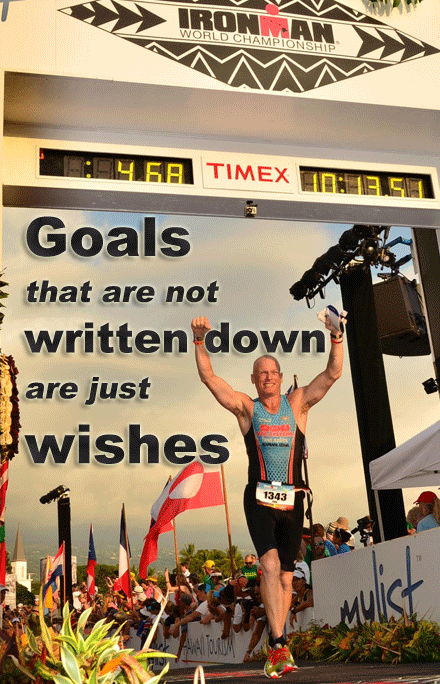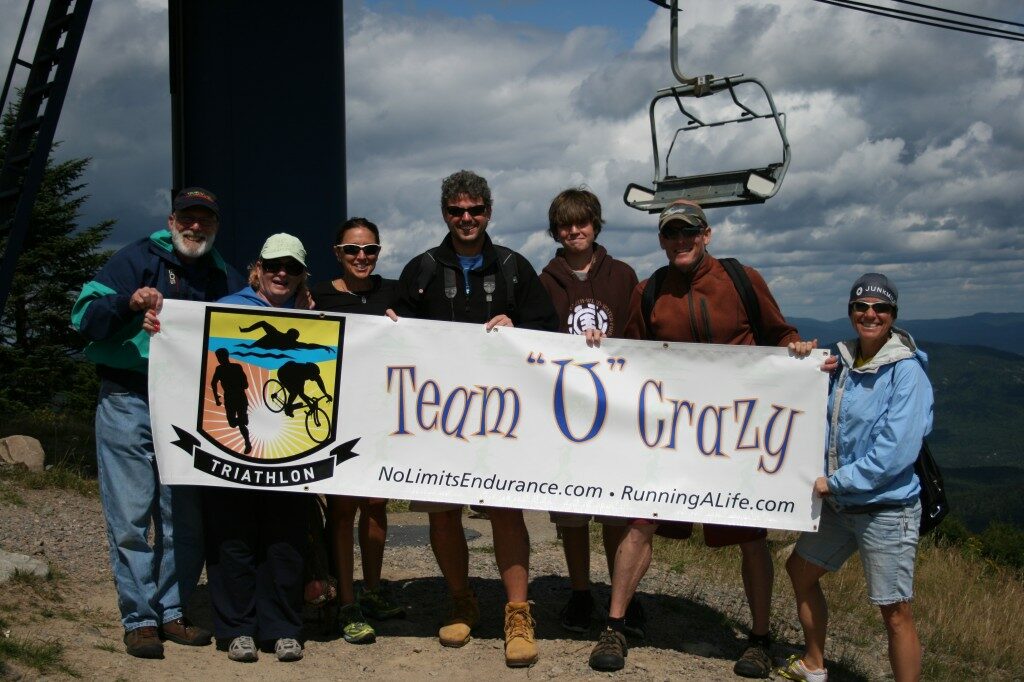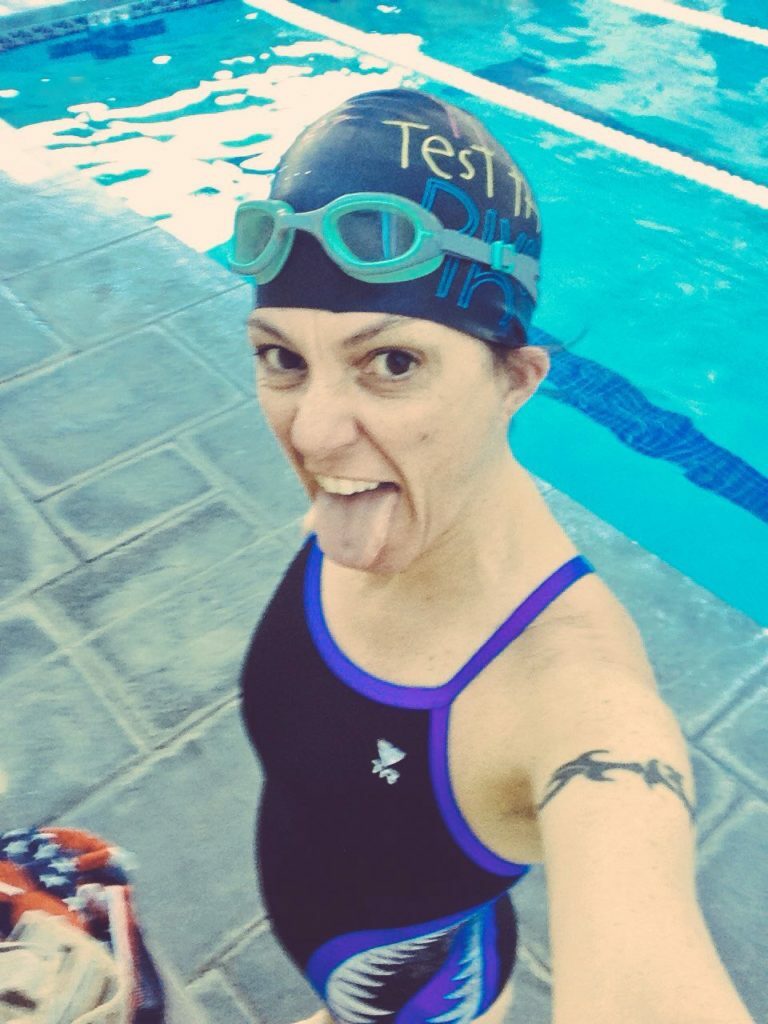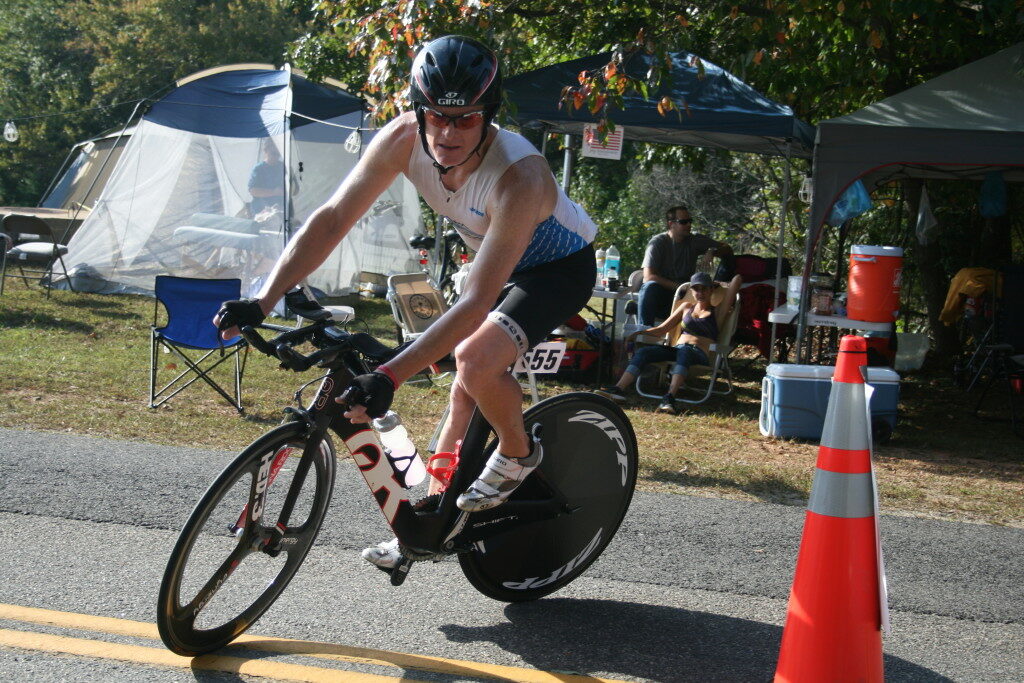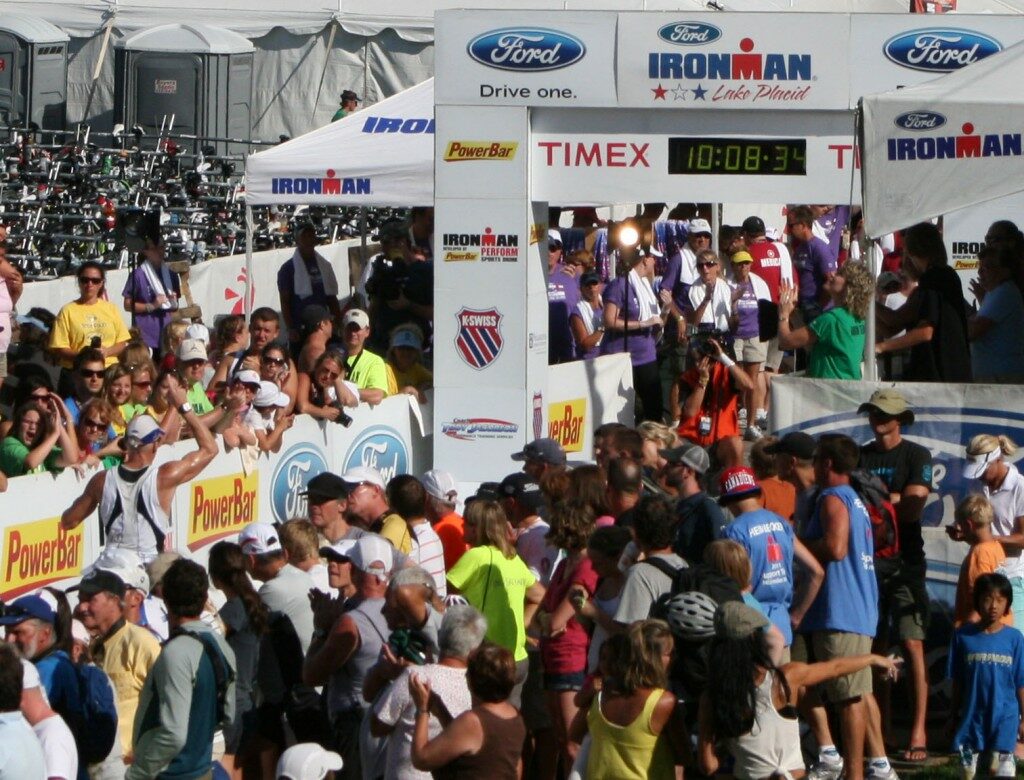Create the Year You Want
5 Tips to Make Your New Year Resolutions A Reality By Coach Maria Simone Many of us will take part in the tradition of making new year resolutions to be better in some way. But, for many, the commitment to these resolutions will dwindle as the sparkle of the new year fades. In fact, most will not continue[…]
